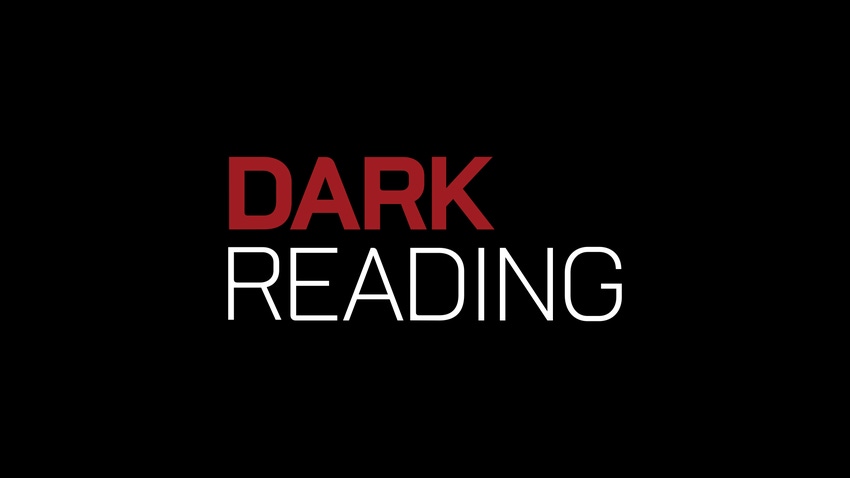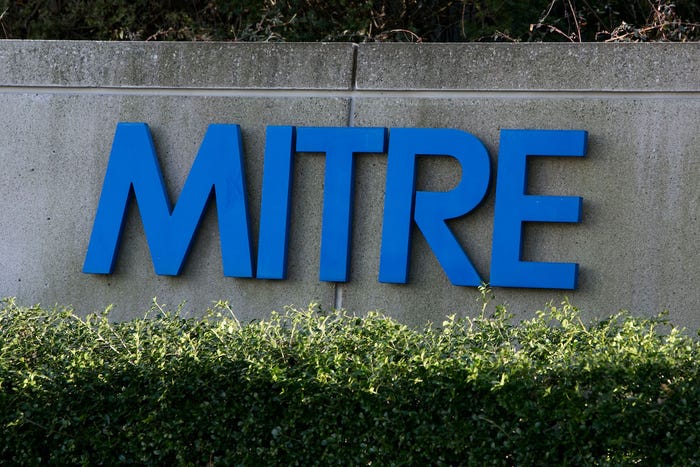Attackers are pulling out the stops to break into Oracle databases
October 20, 2006

Everyone knows the database holds the crown jewels of the organization, so it's no surprise database attacks are on the rise.
Attackers are using the popular SQL injection, as well as the default passwords in Oracle's database (DBSMNP), buffer overflows, and cross-site scripting to get to database information, says Aaron Newman, co-founder and CTO of AppSecInc. "The ultimate goal of hackers is to break into the database, where anything they want to steal is stored."
Newman, who will give a presentation on database threats and forensics next week called "Oracle Forensics: Collecting Evidence After an Attack" at Oracle OpenWorld, says the inside threat is just as great as the outside one. "A disgruntled DBA or employee is still the bigger threat today," he says.
And studies show users often have access to data resources that don't relate to their jobs, leaving their organizations vulnerable to an inside attack. Secerno, a U.K.-based database monitoring startup, in a new survey found that 41 percent of U.K. employees with access to computer records have access to data they don't need for their jobs. And one in 10 has been tempted to abuse this access, according to the survey.
The number of data records compromised in the U.S. due to security breaches is at 93.7 million since the infamous ChoicePoint breach in February 2005, which exposed 163,000 records according to Privacy Rights Clearinghouse.
Trouble is, while the database threat is increasing, database security is still in its infancy. "Oracle database security today is where network and OS security was three or four years ago," says AppSecInc's Newman.
There aren't many security tools specifically for databases either, he adds. "This market is in its very early stages."
David Aitel, president of Immunity, says the majority of the databases he hacks have default passwords, which makes it simpler to get in. "On 80 percent of my assessments, the default password is still set on at least one database instance on the network."
"Databases are big, complex, third-party components designed for speed, not for security," Aitel says. "But they are almost always behind a firewall. If you can touch a company's databases, they typically have so many other problems that their databases are not on their radar."
And the bad guys are honing in on databases. There have been two Oracle worms this year, and a rootkit was released at Defcon. "You're starting to see those types of tools becoming available for hackers out there to download and start using," Newman says.
And you can't just slap on Oracle patches. It takes about three months to get an Oracle patch fully implemented, because the process is mostly manual, Newman notes. Then the cycle often starts all over again, with new Oracle patches, so your database is almost always vulnerable to some bug. (Oracle's latest patch release contained fixes for over 101 vulnerabilities in its database and other software.)
Forget about encryption as the first step in securing your database, however, he says. "Find all the vulnerabilities and inventory them and lock them down as much as possible," and deploy layers of defense as well.
Newman also recommends real-time database monitoring systems. The last step is possibly encrypting Social Security and credit card numbers or other sensitive data.
— Kelly Jackson Higgins, Senior Editor, Dark Reading
Read more about:
2006About the Author(s)
You May Also Like
Defending Against Today's Threat Landscape with MDR
April 18, 2024The fuel in the new AI race: Data
April 23, 2024Securing Code in the Age of AI
April 24, 2024Beyond Spam Filters and Firewalls: Preventing Business Email Compromises in the Modern Enterprise
April 30, 2024Key Findings from the State of AppSec Report 2024
May 7, 2024
Black Hat USA - August 3-8 - Learn More
August 3, 2024Cybersecurity's Hottest New Technologies: What You Need To Know
March 21, 2024


